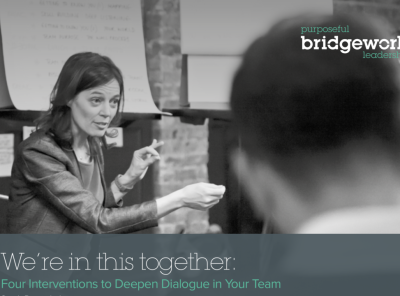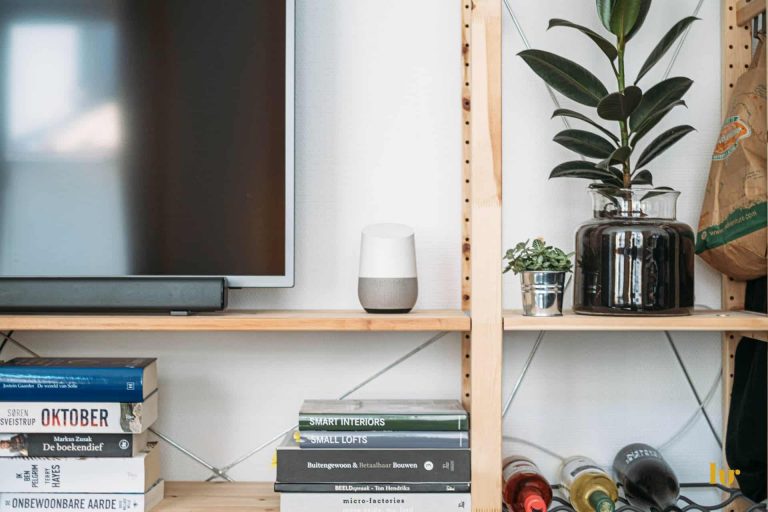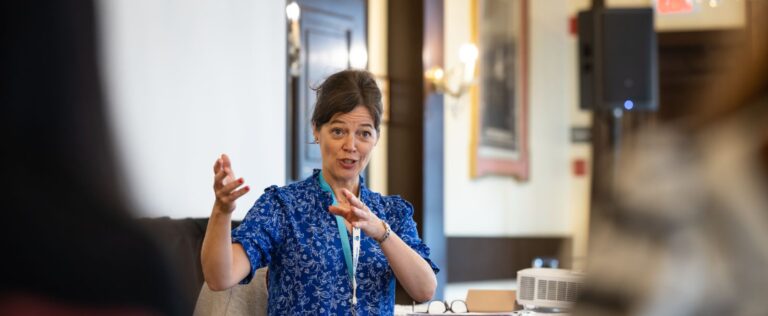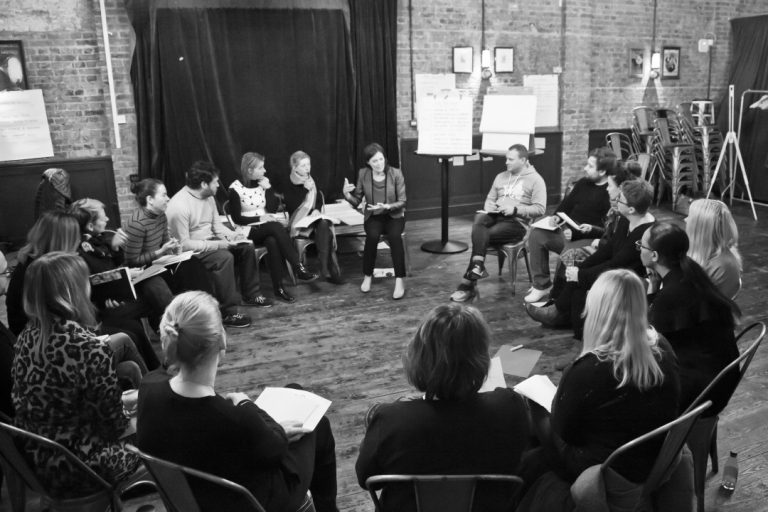Dysfunctional team dynamics are particularly problematic in today’s highly interconnected world. The problems facing leaders are too complex for any one person to solve. Challenges such as developing a purpose-driven, sustainable business strategy, cleaning up a supply chain and recruiting the best talent in a global marketplace are not limited to the borders of a single country or the boundary of an organisational department. Cutting a swath through these issues requires teams to think and talk together in unprecedented ways. If one or two people dominate the conversation, creativity and productivity will never emerge. A key question for many teams is to how to move from monologue to dialogue?
Keith Grint and Clare Holt, researchers at Warwick Business School, define contemporary leadership as “The art of engaging a community in facing up to complex collective problems.” They note the growing antipathy towards heroic leaders and the increasing interest in collective or distributed leadership and working in partnership.
Despite this new approach to leadership having the potential to be the “universal future”, Grint and Holt also underline the current reality. Partnerships are often paralysed into inaction, many organisations still operate on the basis of traditional hierarchies and the ‘command-and-control’ decision style, while perhaps unpopular, seldom gets replaced with any clear collective decision-making mechanism.
Why dialogue matters
While I agree that collective leadership is a difficult ‘nut to crack’, I’ve also seen enough evidence as a leadership consultant to know that this form of engagement is not only worth pursuing, but decidedly possible. When a whole team is fully involved in an authentic dialogue about thorny issues, drawing on leadership qualities sourced as a group rather than as individuals, it creates outcomes that stick.
Powerful leaders understand that each person has a piece of the puzzle, and that it is in the mix of diverse perspectives that innovative thinking emerges. They know how to restore a sense of unity by bringing people together. They can transform stagnant energy into a greater vitality. They are able to turn fragmented thinking into a coherent way forward.
In short, these leaders have the ability to access the collective wisdom of the people around them to create new possibilities, whether this is a shared purpose, new strategy or ten-year vision. The only way to do this is to have a dialogue.
From monologue to dialogue
As I observed in my previous book, Powered by Purpose, dialogue differs from other forms of verbal interaction. The Conversation Continuum below (see Figure 1) is one way to understand what dialogue is and why talking and thinking together is such an essential skill.

The continuum moves from the simplest form of verbal interaction (a monologue) to the most skilled (dialogue.) None of them are ‘bad’ and each has their place. As you move up the continuum, an expanded skillset is needed. The four interaction patterns are:
- Monologue. One person speaks and the other/s listen. This can be an effective way to communicate when a leader needs to transmit a message to a large audience. In a team meeting, however, if a monologue goes on too long, others switch off.
- Debate. An exchange where one person or party asserts their opinion and another challenges it with a counter-argument. Whist this can be high-energy, it can become fractious and ‘winning’ or ‘beating down’ your opponent becomes primary.
- Discussion. A conversation where people analyse different options and try to decide on the best one. The word ‘discussion’ shares the same root as ‘percussion’ and ‘concussion’ and means to ‘shake apart’ or ‘break down.’ Whilst it can be useful for exploring the pros and cons of ‘known knowns’, it rarely leads to fresh thinking.
- Dialogue. A meaningful conversation where people think together about new possibilities. Coming from the Greek, dia, meaning ‘through’ and legein meaning‘to speak’, dialogue is, in essence, finding a way through by speaking.
There is a line across the continuum to represent that there’s a threshold to cross to be in dialogue. Most teams know how to have a monologue, debate and discussion but struggle to have a dialogue. As it has been said, “Two monologues do not make a dialogue.”
How dialogue is different
Dialogue differs from other verbal interactions. As David Bohm, the eminent quantum physicist and author of On Dialogue, writes, “In a dialogue … nobody is trying to win … There is a different sort of spirit to it. In a dialogue, there is no attempt to gain points, or to make your particular view prevail.”
There are three qualities that differentiate dialogue from discussion, debate or serial monologues. You can use these ‘signs’ to ‘read the room’ and inform you whether you’re really having a creative exchange. A dialogue is:
- Reflective. The conversation is slower and includes the bigger picture. People aren’t lost in the weeds. They’re looking ‘up and out’ at the larger context and what really matters. People start to see how fragmented points of view hang together.
- Generative. A dialogue leaves you feeling more lucid. It is not always comfortable or ‘nice’ but it feels ‘true.’ It leads to new thinking. Insights arise that one individual could not have arrived at by thinking alone. There is a coherence to the ideas and actions that flow out of people sense-making together.
- Dynamic. Dialogue has a sense of ‘flow.’ A shared understanding emerges out of individuals’ sharing their perspectives. There’s a rich ‘field’ of energy exchange in the room and even a sense of fellowship among the participants.
How to change it up
From my work with dozens of different teams, I’ve observed that dialogue can be learned. Here are three suggestions to help you to move up the conversation continuum and shift from monologue, debate or discussion to dialogue:
- Share the Conversation Continuum with your team. Invite people to reflect on where the centre of gravity is in the team. Are you mostly in serial monologues, debate, discussion or dialogue? Acknowledge what’s so without making anyone wrong.
- Now explore: What would it take to nudge us towards dialogue (when dialogue is needed)? What could you do to make the conversations you have more reflective, generative and dynamic? For example, you might set aside some time for a free-flowing conversation without an agenda. You might encourage people to bring a question to the meeting to set a tone of curiosity. You could share some context (or ask someone else to) and then ask others to share what stood out for them.
- Disrupt the dynamics. Ask people to pair up and take turns to be the ‘speaker’ and ‘listener’ and share what’s top of mind for them right now. Ask these ‘thinking pairs’ to share what they’ve learnt. Don’t make it a free-for-all and risk one or two people dominating the conversation. Do a ‘go round’ (whether systematically or randomly) and hear from each person as everyone has their wisdom to share.
Conversational skills are not only for senior executives leading corporate teams but for all managers and leaders, whether in business, politics or the not-for-profit-sector. The challenges are too big, the times are too urgent and the human capacity locked inside us is too great for us to continue falling into the trap of thinking or working alone. Expanding our capacity to move out of serial monologues and engage in real dialogue is beneficial for us all.









